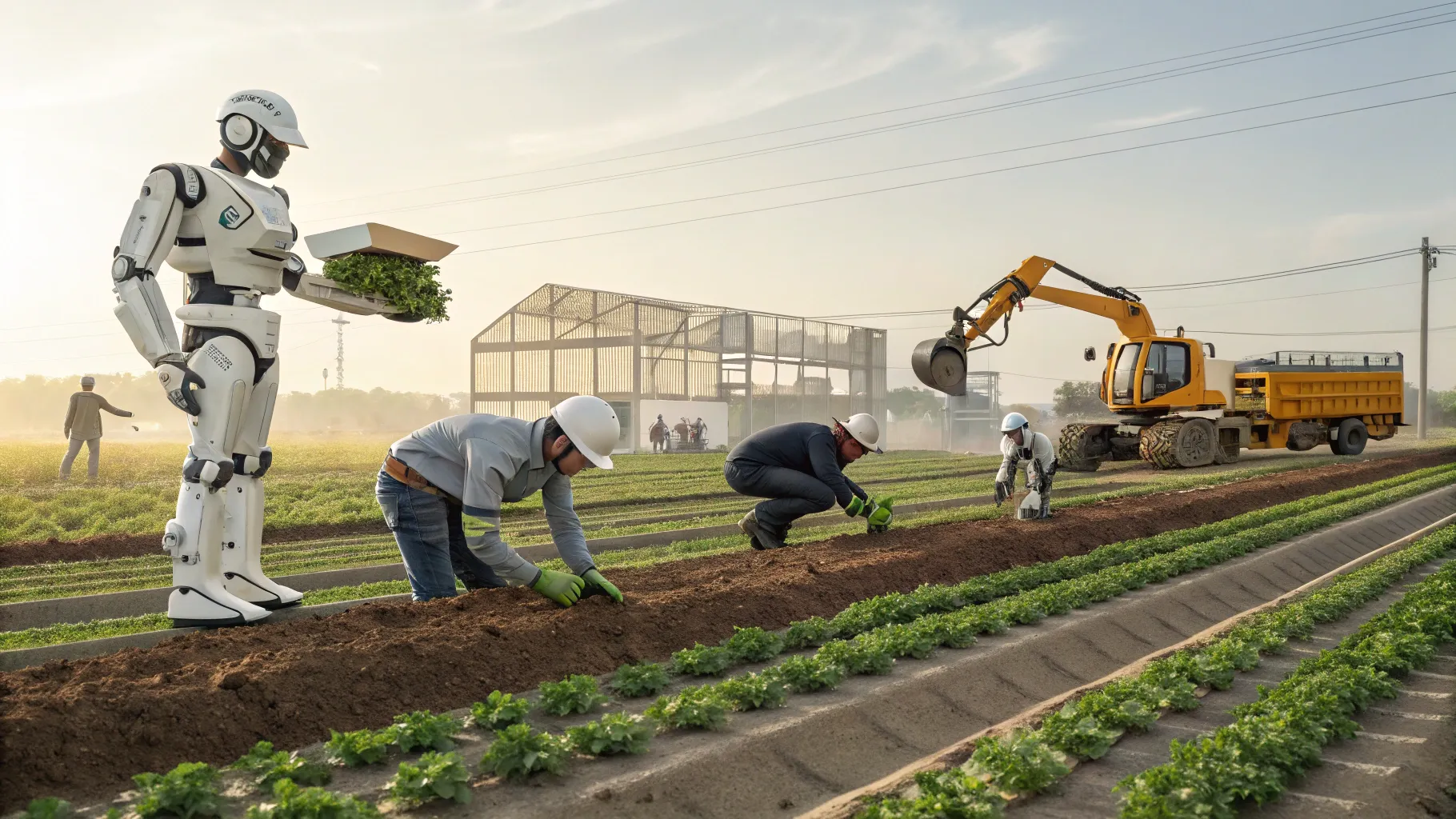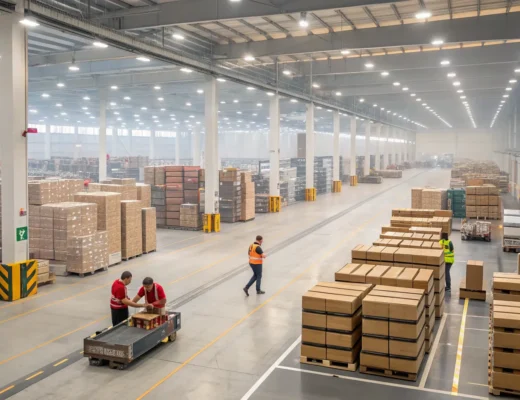Agricultural Automation
Farms across the country are implementing robotic systems for tasks that once required extensive human involvement. These automated systems are handling everything from planting and harvesting to sorting and packaging agricultural products. The integration of robotics in farming operations allows for 24-hour work cycles, precision application of resources, and reduced exposure of human workers to potentially hazardous conditions. For farm owners, these technologies offer potential solutions to seasonal labor shortages and increasing labor costs. Agricultural robots can perform repetitive tasks with consistency and precision that human workers might find difficult to maintain over long periods. Some systems use computer vision and artificial intelligence to identify ripe produce, detect plant diseases, or determine optimal harvesting times.Construction Industry Transformation
Similarly, the construction industry is witnessing the introduction of robotic systems designed to work alongside human crews. These machines range from autonomous vehicles that transport materials around job sites to robotic arms that can lay bricks or apply finishing materials. Construction companies implementing these technologies report benefits including:- Improved worker safety by removing humans from hazardous tasks
- Increased precision in building processes
- Ability to work in conditions unsuitable for humans
- Potential cost savings on large-scale projects







